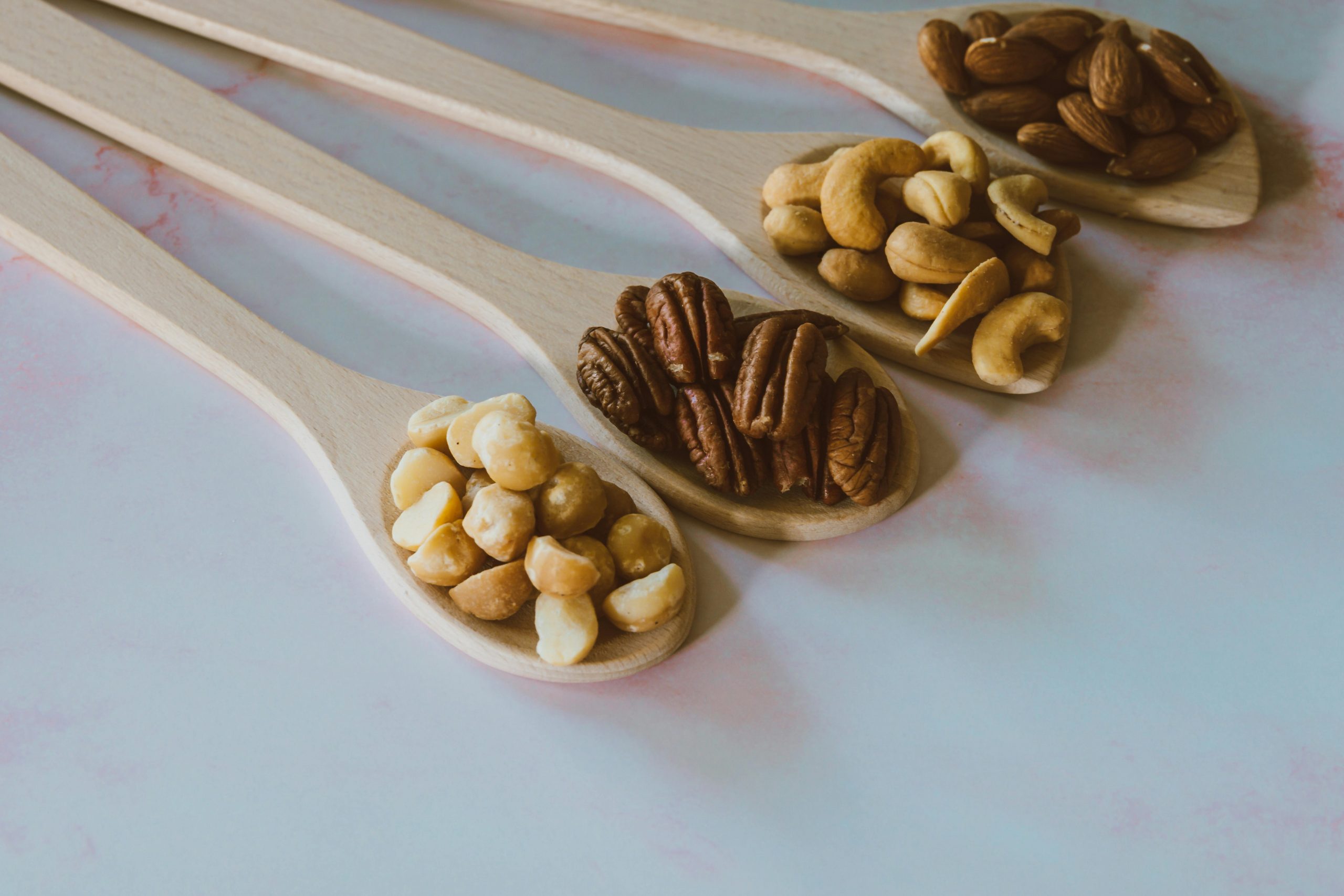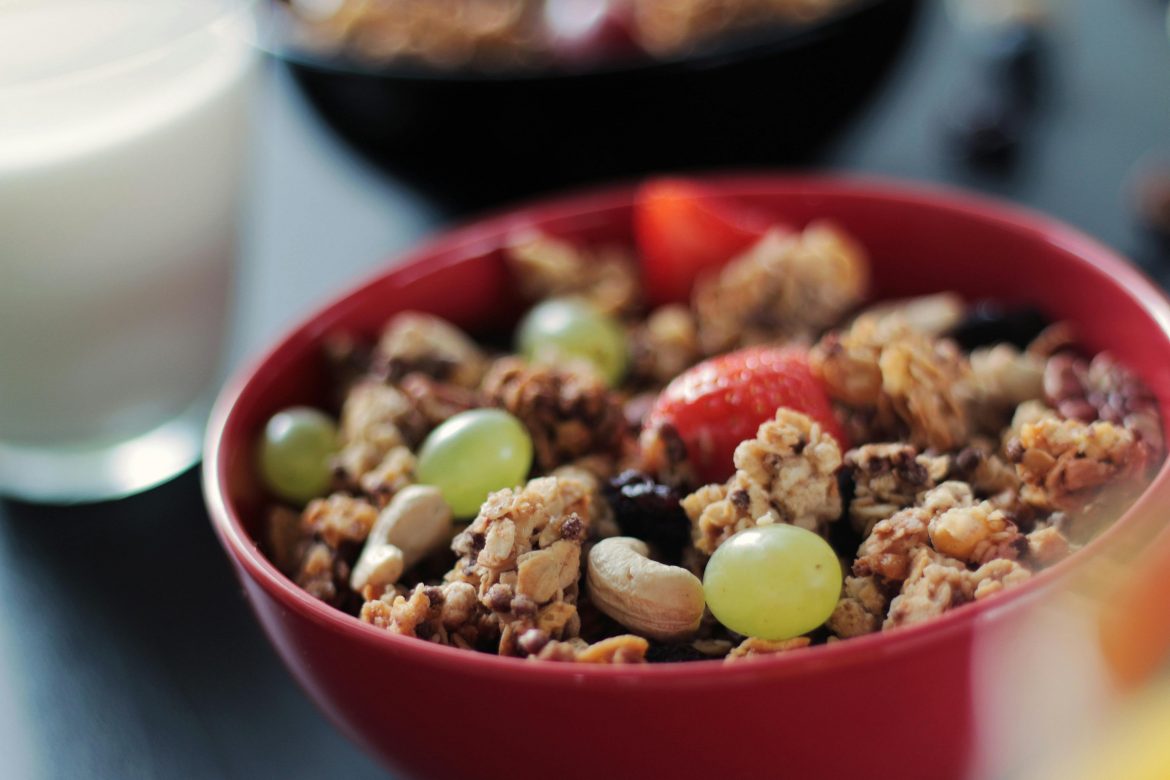For women, maintaining adequate fibre intake is essential for overall health and well-being. This nutrient, often overshadowed by proteins and carbs, plays a vital role in digestion, heart health, and even weight management.
We are diving into why fibre is so important and practical ways women can boost their fibre intake:
Why fibre matters
Fibre is the part of plant-based foods that our bodies cannot digest. While that might sound unimportant, it’s precisely what makes it so essential for our health. There are two types of fibre—soluble and insoluble—and both play crucial roles in keeping our bodies functioning optimally.
- Digestive health: Fibre helps regulate bowel movements and prevent constipation. Insoluble fibre, found in whole grains and vegetables, adds bulk to the stool, making it easier to pass through the digestive system. For women, especially those with digestive disorders like irritable bowel syndrome (IBS), ensuring sufficient fibre can alleviate symptoms and promote regularity.
- Weight management: Fibre is a natural appetite suppressant. It adds volume to meals, making you feel fuller for longer without adding extra calories. This can help prevent overeating, making it an excellent tool for women aiming to manage their weight.
- Heart health: Soluble fibre, found in oats, beans, and fruits, can help lower cholesterol levels. This reduces the risk of heart disease, a leading cause of death for women. By binding with cholesterol in the digestive system, fibre helps remove it from the body.
- Blood sugar control: For women dealing with conditions like PCOS (polycystic ovarian syndrome), which can increase the risk of insulin resistance, fibre helps slow the absorption of sugar into the bloodstream. This keeps blood sugar levels stable and can aid in managing or preventing type 2 diabetes.
According to health guidelines, women should aim for about 25 grams of fibre per day. Unfortunately, many fall short of this goal. However, it’s easier than you might think to increase your fibre intake with a few adjustments to your diet.

Increasing fibre intake
1. Start your day with whole grains
Instead of refined grains like white bread or sugary cereals, opt for whole grain alternatives such as oatmeal, whole grain toast, or bran cereals. Whole grains contain more fibre and will help kick-start your day with sustained energy.
2. Add more vegetables to your meals
Vegetables are a great source of fibre, and adding just one or two servings to each meal can make a big difference. Try leafy greens like spinach or kale, which are also packed with essential nutrients, or cruciferous veggies like broccoli and Brussels sprouts. Snack on raw veggies like carrots or celery with hummus for a fibre-rich snack.
3. Choose high-fibre snacks
When hunger strikes between meals, swap processed snacks for fibre-rich options like nuts, seeds, or fruits like apples, pears, and berries. A handful of almonds or a piece of fruit will not only satisfy your cravings but also give you a fibre boost.
4. Incorporate legumes and beans
Beans, lentils, and chickpeas are not only excellent sources of plant-based protein but are also packed with fibre. Add them to soups, salads, or even blend them into dips. One cup of cooked lentils, for instance, provides around 15 grams of fibre, which is more than half of the daily recommended amount.
5. Don’t forget about fruit
Fresh fruits are a delicious way to add more fibre to your diet. Keep the skin on whenever possible, as that’s where much of the fibre is concentrated. Berries, apples, oranges, and bananas are all excellent choices.
6. Try psyllium or other fibre supplements
If you struggle to get enough fibre through food alone, fibre supplements like psyllium husk can help. Mix them into your morning smoothie or sprinkle them over your yogurt. Just be sure to increase your water intake as you add more fibre, as it needs water to move effectively through your digestive system.
Take a small step today by incorporating one or two of these fibre-boosting habits, and your body will thank you in the long run!
ALSO SEE:
Ultra-processed foods: what are they and should you be worried?
Featured Image: Pexels

